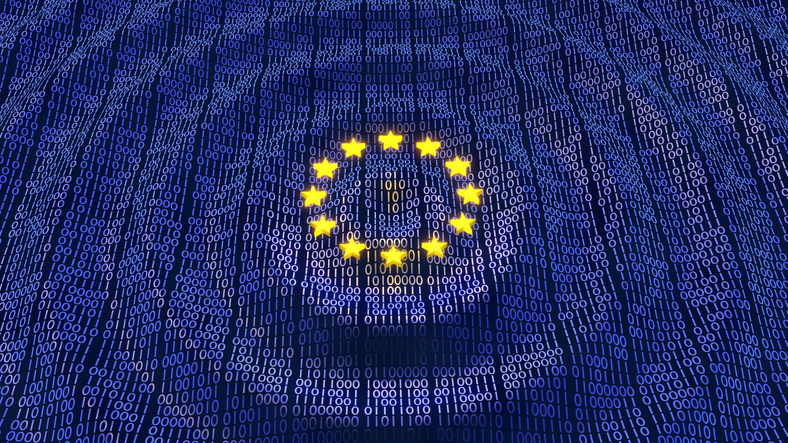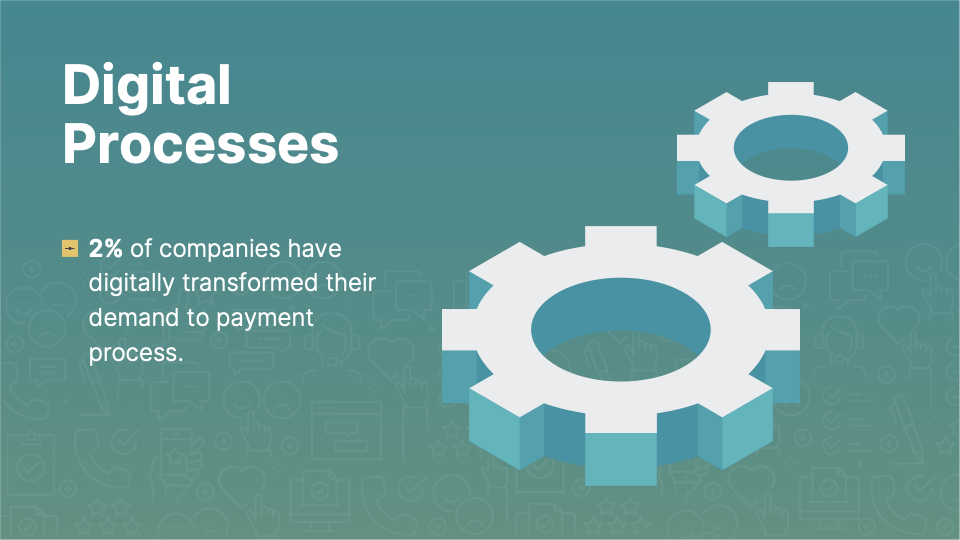The time to act is upon us all in Europe.
The Recovery and Resilience Facility
At the end of 2020 the European Council and the European Parliament reached a provisional agreement on the Recovery and Resilience Facility (RFF). It reported, “With a financial envelope of €672.5 billion, the facility is the centerpiece of the Next Generation EU recovery instrument. It will support public investments and reforms in member states, helping them to address the economic and social impact of the COVID-19 pandemic, as well as the challenges posed by the green and digital transitions.”

Two large chunks of these funds are earmarked for technological innovation. The largest, at least 37% of the resources, will contribute to green initiatives on climate action and environmental sustainability. The second will, in the words of the European Council, “foster digital transformation: at least 20% of resources contribute to the EU’s digital transition”.
What does next generation procurement look like? Find out about next steps – and the final frontier!
Member states had, as a rule, until 30 April to present their national recovery and resilience plans to the European Commission and will receive support from the RRF on the basis of these plans. The funds are split between loans RRF loans (€360 billion) and RRF grants (€312.5 billion).
The funds are also targeted to help the more economically disadvantaged countries and regions most. Thus, 70% of the RRF funds will be prioritized in 2021-22 on the basis of member states’ unemployment record from 2015 to 2019, inverse GDP per capita and population share.
The remaining 30% will be prioritized in 2023 based on drop in real GDP in the course of 2020, overall drop in real GDP 2020-2021, inverse GDP per capita and population share.
Funding across EU countries
In practice this means that Spain and Italy, which have been the most severely hit by Covid-19, will therefore receive the largest shares of the funding with Spain around €140 bn (2019 GDP: €1,245 bn) and Italy around €190 bn (2019 GDP: €1,791 bn) in RRF grants and loans.
Poland is set to receive €24 bn in grants. Some smaller countries like Greece, Romania, Hungary and Bulgaria will also have grants available representing more than 10% of their GDP, together with loans.
For the EU’s two largest economies, France and Germany, there are still very significant grants of €39 bn and €25 bn, respectively. These large countries are budgeting their own national recovery programs and were expected to combine these with EU grants rather than applying for RRF loans at scale. However, both have experienced challenging times emerging from the most recent wave of the pandemic and economic disruptions resulting from lockdowns and other measures.
Member states obviously need to demonstrate that adequate control systems are put in place to prevent, detect and correct corruption, fraud and conflicts of interest. And spending needs to conform to the EU’s broader objectives. But apart from this, there is considerable discretion available on what to prioritize.
National governments have responded rapidly and in considerable detail: for example, the Italian government’s 266-page submission the National Plan for Recovery and Resilience. It budgets a total amount €235.6 bn, of which € 191.5 bn from the RRF facility, € 31 bn complementary fund and €13.5 bn from the REACT-EU (Recovery Assistance for Cohesion and the Territories of Europe) regional support package.
The Italian plan sets out six missions, the first of which is “Digitalization, Innovation, Competitiveness and Culture” for which €49,86 bn has been earmarked, split between digitalization for the public sector and digitalization for business.
So, where to invest these funds for digital transformation?
The NextGenerationEU program is broad in scope and specific digital technologies are not mentioned, aside from the rapid rollout of broadband services to all regions and households, including fiber and 5G networks.
There is also a clear policy objective – but this is technology-agnostic – to modernize public administration and services, including judicial and healthcare systems and higher education, through digital transformation.
The Case for Digital Transformation in Procurement
Most companies and public sector bodies across the European Union are certainly ripe for change in the area of sourcing and procurement and one of the big advantages of making this a priority is that the investments will very rapidly pay for themselves through cost savings, process efficiencies and risk avoidance and mitigation, as JAGGAER has proven with many organizations around the world.
One of the many benefits is greater transparency over the supply chain, avoiding many of the problems caused by the kind of mishaps and bottlenecks that occurred at the height of the pandemic. This has been a specific focus of attention in the United States of America, where President Joe Biden signed an executive order ordering a 100-day review of the supply chain in certain categories of strategic interest.
Yes, there is a long way to go. According to a recent international study co-sponsored by JAGGAER, only 2% of organizations have digitally transformed the entire D2P process, i.e., from demand (what should I buy and when) to payment, the final act of the procurement cycle.
And 30% of respondents still do not use any digital solution – they still rely on paper and manual processes.
But with the RRF grants and loans there has never been a better time for European companies to act on this, and there never will be again. With things moving very rapidly, it is vital that public sector administrations, agencies and private companies should collect information now, in order to be ready to act when the national plans are activated.
JAGGAER, which offers a complete D2P solution suite, is of course ready to help organizations to chart the way forward. We also have experience of working together with the European Union on initiatives such as the Horizon Program. Act on the Next Generation EU recovery instrument now – before the opportunity passes!






